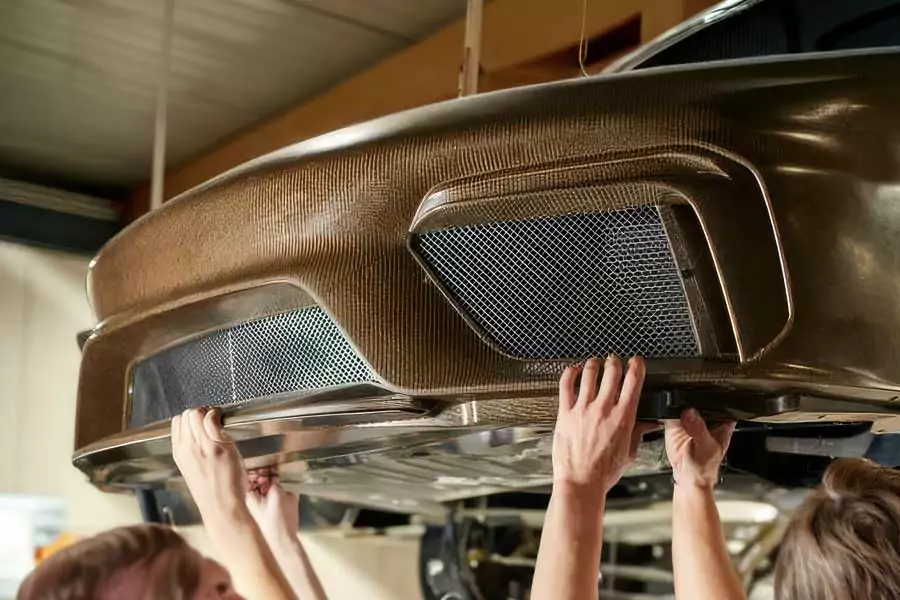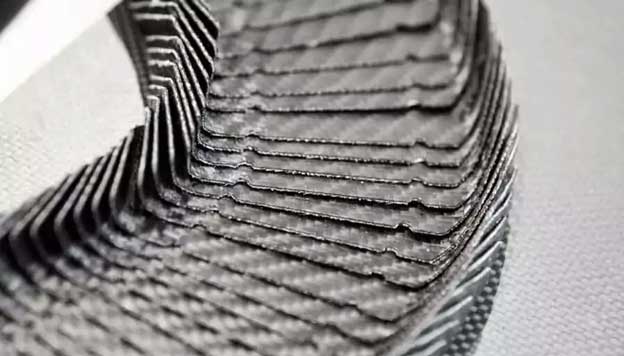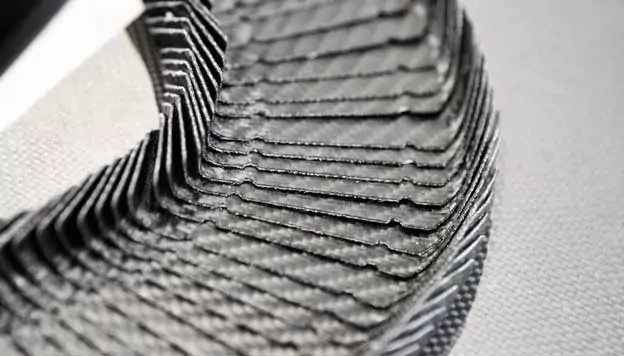Natural fiber composite laminates based on bio-fibers have a surprisingly long history, leading to products CompLam manufacture today that enable key industries to meet new and emerging environmental standards.

Natural fiber composites are being used today in the automotive, construction and sports industries to increase sustainability and protect the environment. Natural fiber laminates are not a new invention, but innovative composite laminate manufacturers are revisiting bio-fibers and natural fiber composites to meet the demand for greener, more sustainable manufacturing.
When did people start using natural fiber composite laminates?
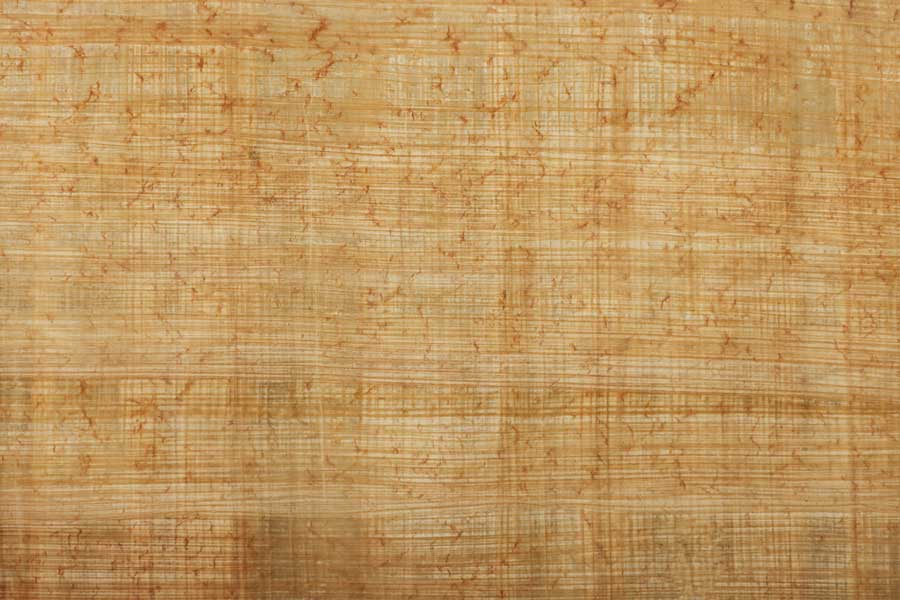
Ancient Egyptians made paper from papyrus reeds with bi-directional layers for increased strength and stability, and this concept is still used today in woven reinforcement fabrics for the same reasons. The Egyptians also mixed natural fibers with resins to manufacture reed boats and make them stronger and more waterproof.
People have made natural fiber composites for at least 3,000 years. The idea of mixing fibers with plastic materials to increase strength may be even older, as the Sumerians strengthened clay bricks with straw to be able to build bigger buildings and fortifications without collapsing. We have come a long way with materials technology, but the engineering principles are the same.
How did machine-made fabrics influence composite laminate manufacturing?
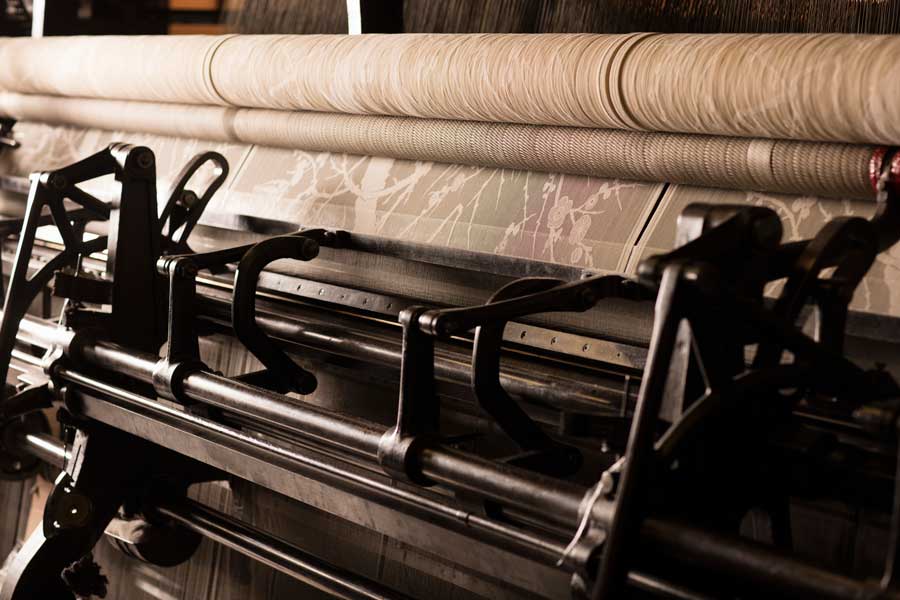
At the beginning of the nineteenth century, industrial production of jute, cotton, and flax fabrics made it easy to manufacture bio-fiber composite laminates using natural resins, rubber and glues. The availability of inexpensive, high quality woven fabrics and the discovery of better adhesives opened up new opportunities for rapid manufacturing of reinforced fabrics.
An early application was in the bonding of rubber to layers of natural fabrics to make disposable, inexpensive, waterproof shoes. The invention of the plimsoll at the end of the nineteenth century was the beginning of innovations in sports footwear that led to the advanced designs we see today.
We can only imagine what the inventors of the plimsoll would have thought aboutcarbon fiber composite laminate foot plate technology, or CompLam’s current innovations for bonding carbon fiber plates directly to fabrics for simpler manufacturing and increased durability!
What was the first revolution in fiber reinforced composite laminate technology?

The first revolution in fiber reinforced composite laminates came with the introduction of synthetic fibers in the mid-twentieth century and their adoption in manufacturing glass reinforced plastics (GRP) with polyester resins. It took a long time to go from Egyptian reed and resin boats to manufacturing yachts and motorboats out of GRP!
Fiber reinforced plastic (FRP) technologies brought about a rapid switch from wood and metal to formed plastic construction across a wide range of industries, not only boat-building, but automotive, furniture, building construction, aviation, domestic goods and consumer electronics.
Towards the end of the twentieth century, carbon fiber composite laminates and thermosetting epoxy resins enabled very strong, lightweight, structural composite laminates for weight reduction without compromising on strength.
Are we seeing a second revolution in composite laminate manufacturing today?
Thermoplastic natural fiber composite laminates are increasingly popular with modern industries that formerly relied on synthetic fibers and thermoset epoxy technologies. The combination of flax natural fibers with thermoplastic resins makes composite laminates that are easy to mold, recyclable, tough, light, and both thermally and acoustically insulating.
Industries looking for better, more sustainable, ways to manufacture complex and compound shapes than historic synthetic and thermosetting processes are finding the answer in thermoplastic natural fiber composites. This is very apparent in the automotive and construction industries today where we are seeing a second revolution in composite laminate manufacturing.
The evolution of natural fiber composite technologies
- Ancient Peoples – Sumerian straw-reinforced clay bricks, Egyptian boats made with plant fibers embedded in resins.
- The Industrial Revolution – Early nineteenth century jute, flax, and cotton weaves combined with resins for reinforcement.
- Mid Twentieth Century – Development of synthetic fibers including GRP, bonded with polyester resins, beginning of synthetic FRP manufacturing with epoxies and carbon fibers.
- Late Twentieth Century – Large scale adoption of GRP and carbon fiber composite laminate technologies with thermoset resins. Increased research into natural fibers as a potentially more sustainable alternative.
- Today – Natural fiber-reinforced composites are adopted in a wide range of industries including automotive, construction and sports due to recyclability, low carbon footprint and innovations in performance and durability.
CompLam flax fiber composite laminates

The care and attention to detail we take to flax fiber composite manufacturing is evident in the quality of our products. Our experienced design team, state of the art facilities and excellent quality control systems, featuring automated and human inspection stages, enable us to supply zero defect thermoformable panels with a very rapid production cycle.
At our advanced facility in Taiwan, CompLam have the expertise to manufacture flax fiber laminates using recycled thermoplastic resins for maximum sustainability without compromising on functionality, visual appeal, or performance.
Three advantages of CompLam thermoplastic flax fiber composites
- Flax is a renewable and sustainable resource that aligns with global sustainability goals
- Flax composites offer better strength to weight ratios than traditional materials
- Thermoplastic composites can be melted and reformed, promoting a circular economy
CompLam innovates to develop sustainable composite materials that meet modern demands for eco-friendly products. Contact us to discuss how our experience in flax-based thermoplastic laminates could be the sustainable game-changer you are looking for in your industry.

